Don’t Buy a Coffee Table Until You Read This: A Pro’s Guide
I’ve spent a long time in the world of furniture, and if there’s one thing I’ve seen over and over again, it’s a beautiful living room totally torpedoed by the wrong coffee table. It’s wild. People will spend months picking the perfect sofa, but the coffee table? It’s often an afterthought, a quick online click that leads to frustration.
In this article
- The Foundation: Nail the Size and Spacing First
- Getting the Height Right (It’s More Important Than You Think)
- Let’s Talk Materials: What’s Your Real Life Like?
- Shape Up: Creating Flow and Harmony
- Function First: Which Coffee Table Persona Are You?
- Heads Up! Top 3 Coffee Table Mistakes to Avoid
- How to Shop and Spot Quality
- Inspiration:
And a few weeks later, the regret sets in. The table is a certified shin-bruiser. It’s way too big, comically small, or just doesn’t fit how they actually live. Let’s be real, a coffee table isn’t just a coaster for your mug; it’s the anchor of your entire living space. It dictates traffic flow and supports your daily rituals, from morning coffee to that evening glass of wine.
Getting it right has nothing to do with chasing trends. It’s all about nailing the scale, materials, and being honest about your lifestyle. So, I’m going to walk you through the exact method the pros use—a practical approach that guarantees your choice will be a winner for years to come.
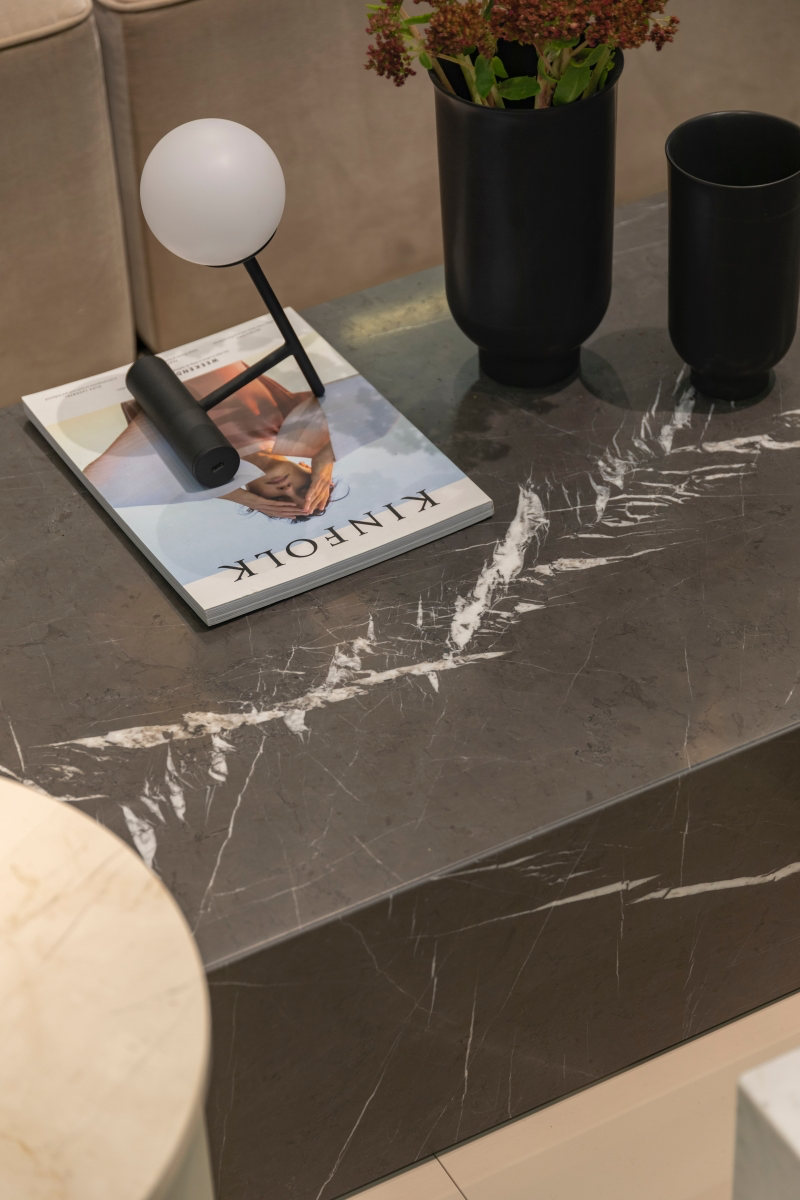
The Foundation: Nail the Size and Spacing First
The single most common mistake? Picking a table that doesn’t respect the space around it. The empty space, or ‘negative space,’ is just as important as the furniture itself. It’s what lets a room breathe. A coffee table that’s too big will choke the room and make it feel cramped. One that’s too small will look like a tiny raft lost at sea, failing to ground the seating area.
The goal is a perfect balance. You want something substantial enough for the sofa but generous enough for you to walk around. Lucky for us, there are some tried-and-true numbers that just… work.
- Sofa-to-Table Gap: Aim for 14 to 18 inches between the edge of your sofa and the coffee table. To be frank, 16 inches is my sweet spot. It’s close enough that you aren’t doing a full-body lunge to grab your drink, but far enough that you can cross your legs without feeling trapped.
- Walkway Clearance: You need clear paths around your furniture. Leave at least 24 to 30 inches between the coffee table and other major pieces, like your TV stand or an armchair. If it’s a main walkway through the room, definitely lean towards 30 inches. Nobody likes an obstacle course.
- The Two-Thirds Length Rule: Your coffee table should be about two-thirds the length of your sofa (not including the arms). Got a 90-inch sofa? Look for a table around 60 inches long. For a big sectional, just measure the longest continuous seating part and apply the rule to that.
Your Homework Tonight: The Painter’s Tape Test.
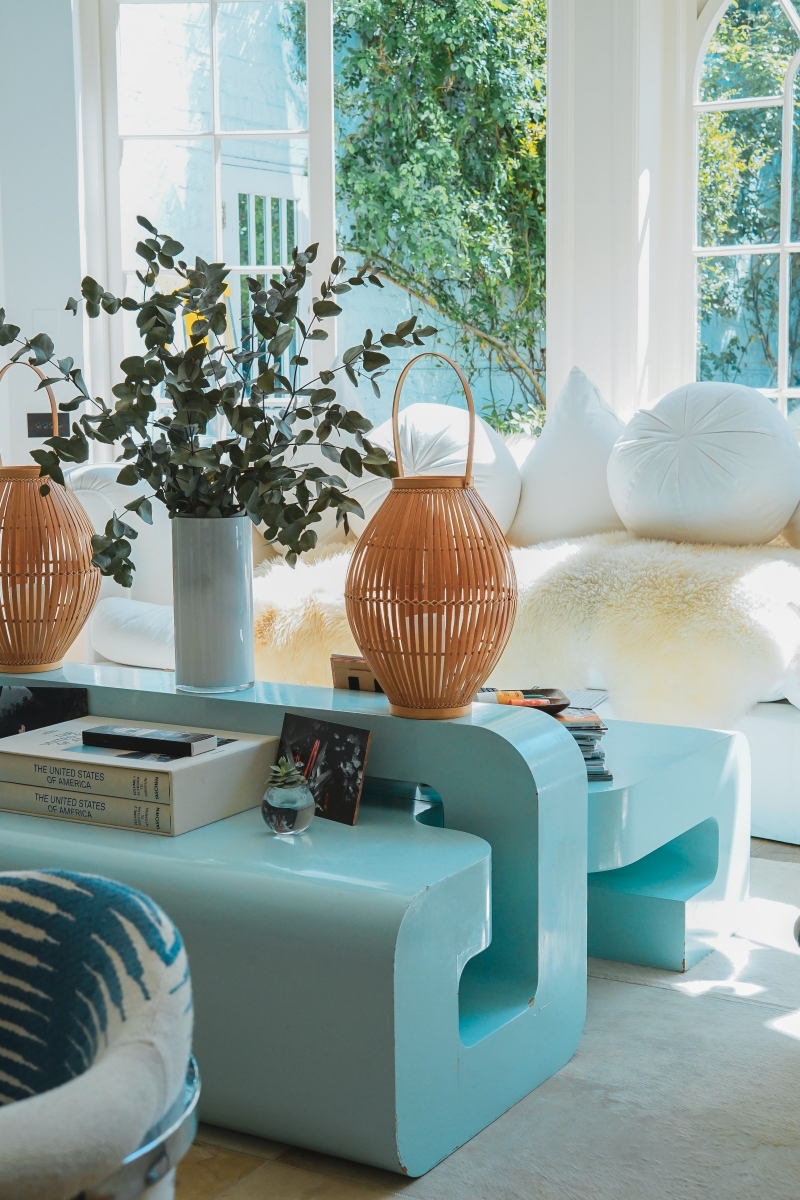
Seriously, do this. Before you even open a browser tab, grab some painter’s tape. Use these rules to tape an outline of your ideal coffee table size right on the floor. Live with it for a day. Walk around it. Sit down and pretend to use it. This little exercise costs about $3 and can save you from a mistake that costs hundreds.
Getting the Height Right (It’s More Important Than You Think)
Height is just as critical as the table’s footprint. The general rule of thumb is that the top of your coffee table should be one to two inches lower than your sofa’s seat cushions. So if your sofa seat is 17 inches off the ground, a 15- or 16-inch-high table is your target.
Why? It’s all about ergonomics. This height allows your arm to drop naturally to place something on the table. It also keeps the tabletop below your sightline when you’re relaxing, so it won’t block the TV or your view of the person across from you.
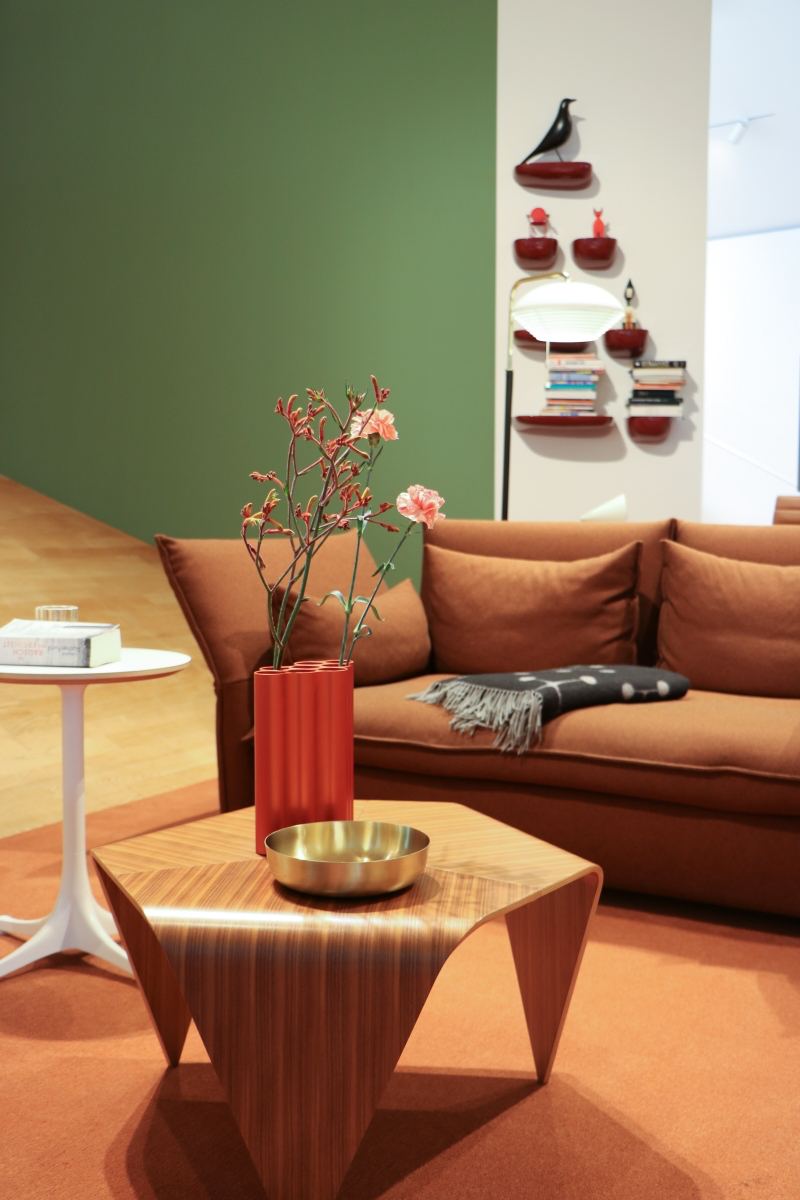
But sometimes, you need to break the rule. If you often eat or work from the sofa, a standard-height table will have you hunched over. This is where a lift-top coffee table is a game-changer. They look like normal tables, but the top lifts up and forward to a comfortable height for dining or typing. Expect a quality lift-top mechanism to add about $100-$150 to the price, but for many, the functionality is worth every penny.
Let’s Talk Materials: What’s Your Real Life Like?
The material you choose determines the table’s vibe, durability, and how much you’ll have to baby it. An honest look at your lifestyle here will save you a world of hurt later. I’ve broken down the main players for you.
- Wood (The Timeless Classic): It’s warm, forgiving, and always in style. But there’s a big difference between solid wood and veneer. Solid wood (like oak or walnut) is a tank, can be refinished, and has a real heft to it. Veneer is a thin slice of real wood over a core like MDF. Good veneer is stable and beautiful, but cheap veneer can peel. Budget-wise: A decent veneer table might run you $250-$500. A solid wood piece usually starts around $400 and can easily climb into the thousands.
- Glass or Acrylic (The Space-Saver): A glass top is amazing for small rooms because it has almost no visual weight. But you have to be honest with yourself: are you okay with wiping fingerprints and dust every single day? Also, always, ALWAYS insist on tempered glass for safety—it’s a non-negotiable. And for thickness, 3/8-inch is good, but 1/2-inch feels much more substantial. Acrylic looks similar but scratches if you so much as look at it wrong. Budget: Usually $200-$600.
- Stone or Concrete (The Statement Piece): Marble, travertine, or concrete tables are stunning, but oh boy, are they heavy. I’ve seen floors that needed reinforcing. They are also porous. A single drop of red wine or coffee can be a permanent disaster if the stone isn’t sealed properly (a chore you’ll need to do about once a year). This is a high-maintenance, high-impact choice. Budget: These are typically heavier on the wallet, often starting at $500 and going up.
- Upholstered Ottomans (The Family Favorite): This is a fantastic, multi-functional choice. It’s extra seating, a footrest, and, with a decorative tray on top, a stable surface for drinks. For families with toddlers, the soft corners are a massive win for safety. When you’re shopping, check the fabric’s durability—look for a ‘double rub’ count of at least 15,000 for a piece that’s going to see a lot of feet and homework. Budget: Varies widely based on size and fabric, from $300 to $800+.
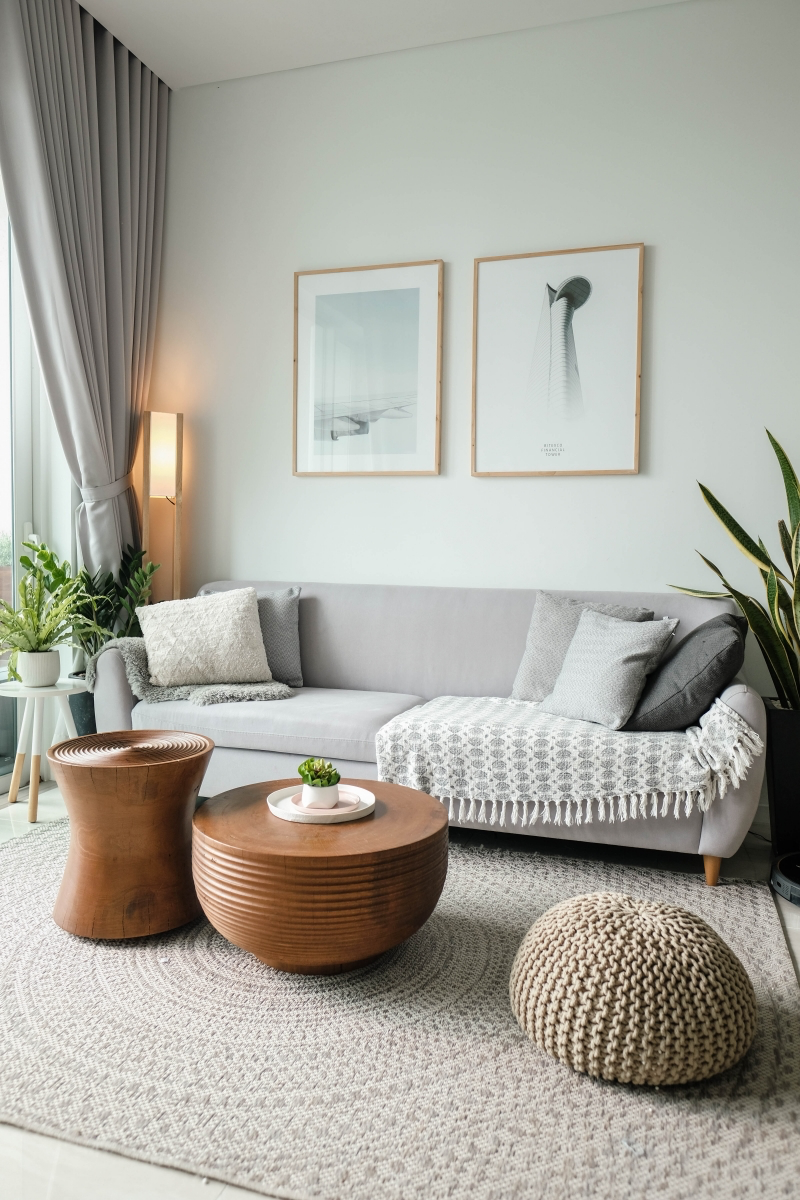
Shape Up: Creating Flow and Harmony
The shape of your table completely changes the feel of a room. A rectangular table is a natural fit for a long, traditional sofa. A square table works beautifully with an L-shaped sectional or two sofas facing each other, creating a great central hub. The downside? Sharp corners can be a menace in tight spaces.
This is where round or oval tables shine. They are lifesavers in smaller rooms or homes with kids because there are no corners to bump into. The curved shape encourages people to move around it and creates a more communal, conversational vibe. I often suggest them for layouts with a sofa and two chairs, as they serve every seat equally.
And don’t forget about other options! A set of two or three smaller ‘bunching tables’ offers incredible flexibility—cluster them together or pull them apart when you have guests. It’s a perfect solution for awkward spaces.
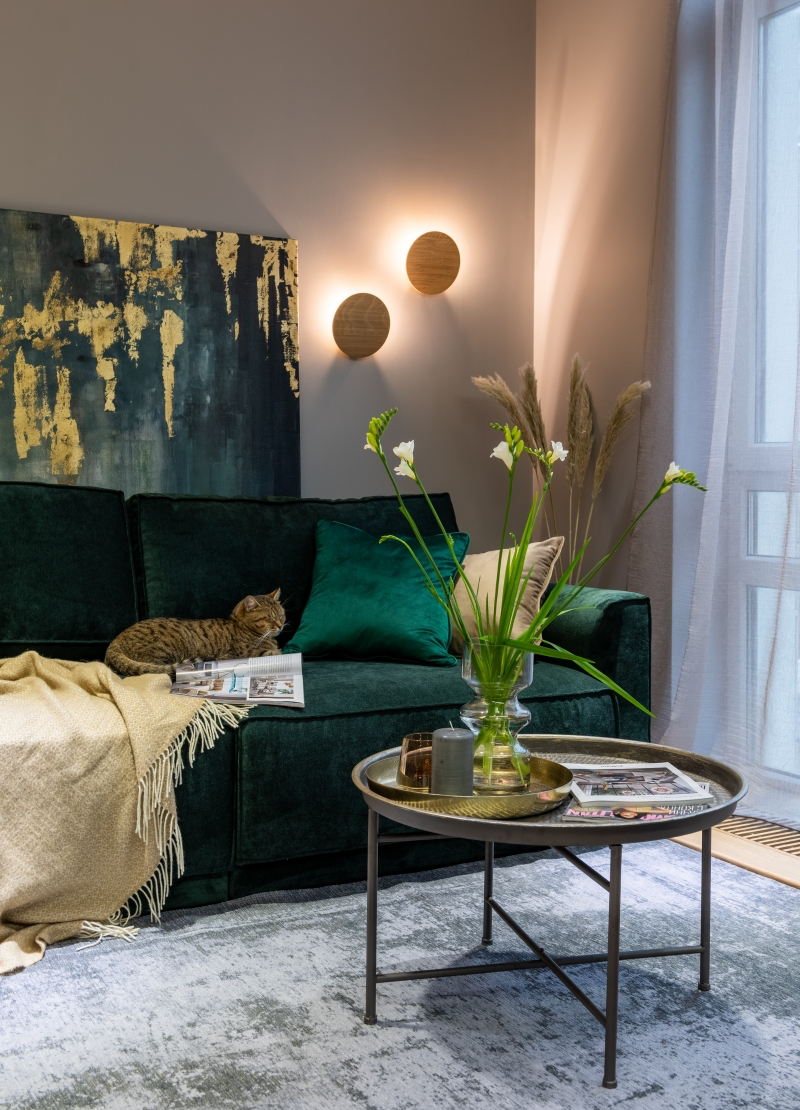
Function First: Which Coffee Table Persona Are You?
Before you fall in love with a look, you have to ask one question: “What will I really do at this table?” Answering this honestly is the key.
- The Family Hub: If this table is ground zero for board games, homework, and movie-night snacks, you need a workhorse. Prioritize a durable finish (like polyurethane on wood), rounded corners for safety, and—most importantly—storage. A table with a lower shelf or drawers is your best friend.
- The Formal Centerpiece: If your living room is more for occasional entertaining, you can focus on aesthetics. This is where you can splurge on that gorgeous (but delicate) marble top or a sculptural glass table. Storage is less important than making a statement.
- The Small-Space Maximizer: In a smaller home, every piece of furniture needs to pull its weight. Look for multi-taskers. The lift-top table for a workspace, the storage ottoman for hiding clutter, or nesting tables that can expand for guests and shrink for daily life.
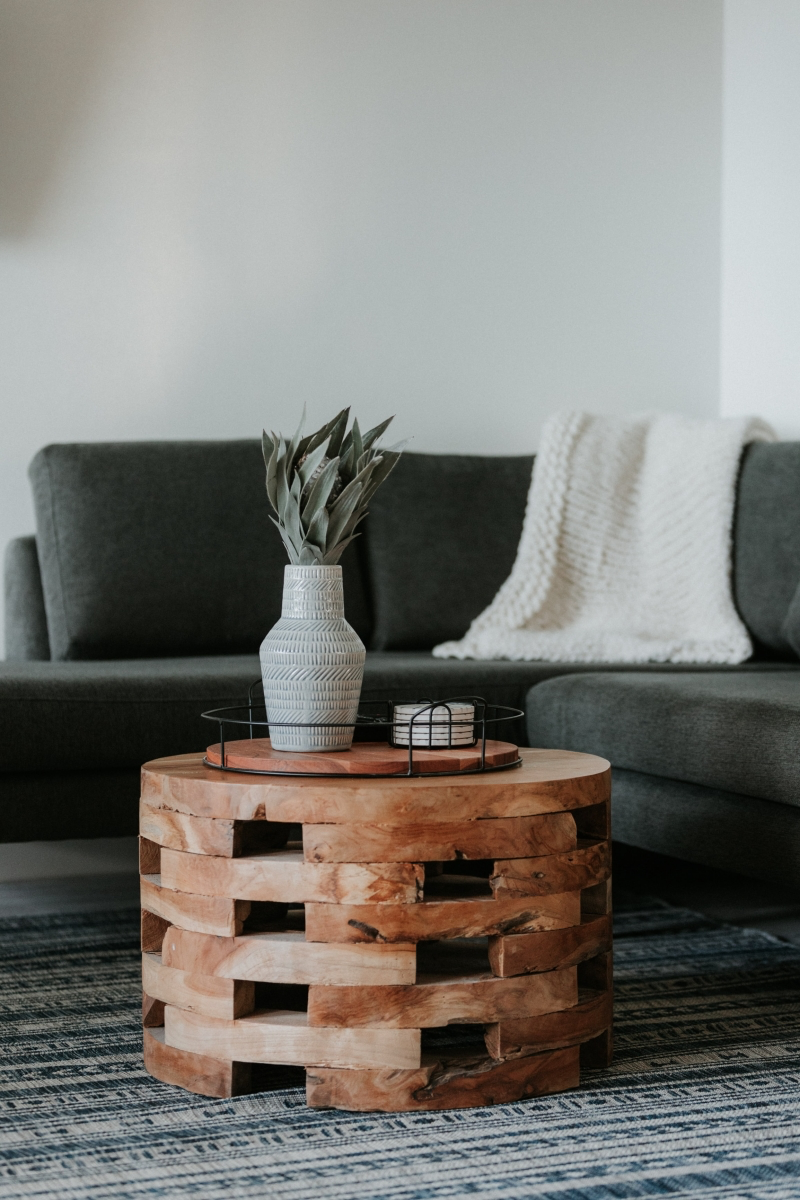
Heads Up! Top 3 Coffee Table Mistakes to Avoid
From my experience, it almost always comes down to one of these three errors:
- The Shin-Bruiser: Ignoring the 18-inch rule and placing the table too close to the sofa. You’ll regret it every time you sit down.
- The Fantasy-Life Pick: Buying a delicate, high-maintenance table (like unsealed stone or glass) when you have toddlers and a dog. Be realistic about your life right now.
- Forgetting Storage: Choosing a sleek, minimalist table with nowhere to stash the remotes, magazines, and other daily clutter. This leads to constant visual noise.
How to Shop and Spot Quality
So, where do you find these magical tables? For good value and style, check out places like Article, West Elm, or Crate & Barrel. For more budget-friendly finds, Wayfair or even Facebook Marketplace can have hidden gems—just be ready to inspect them carefully. Which brings me to my final point…
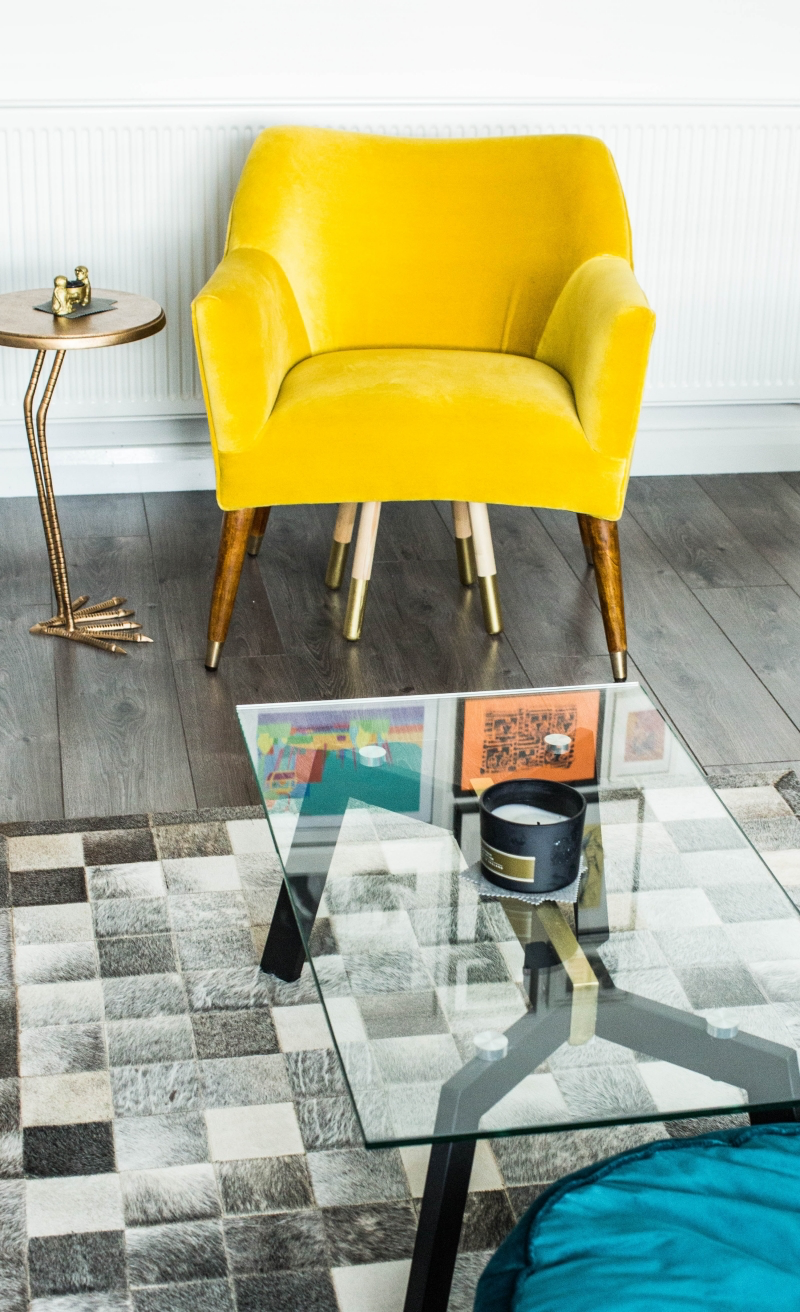
The Pro’s 60-Second Quality Check:
Whether it’s in a store or on a stranger’s porch, do this before you buy. Place your hands on the table and give it a firm, gentle wiggle. Does it feel solid, or does it rock and sway? A wobbly table means weak joints, so that’s an immediate pass. Look at how the legs are attached. You want to see solid connections, not just a few staples or screws. Run your hand over the finish—it should be smooth, not rough or bubbly. A quick peek underneath can also tell you a lot; a quality maker often takes the time to finish the underside, too.
Sometimes, a standard table just won’t cut it. If you have a really unique space, going custom with a local furniture maker might be the answer. Yes, it’s an investment—you can expect to pay at least double the price of a high-end retail piece. But in return, you get something built to your exact specs that will last a lifetime. For the true heart of your home, that’s a value worth considering.
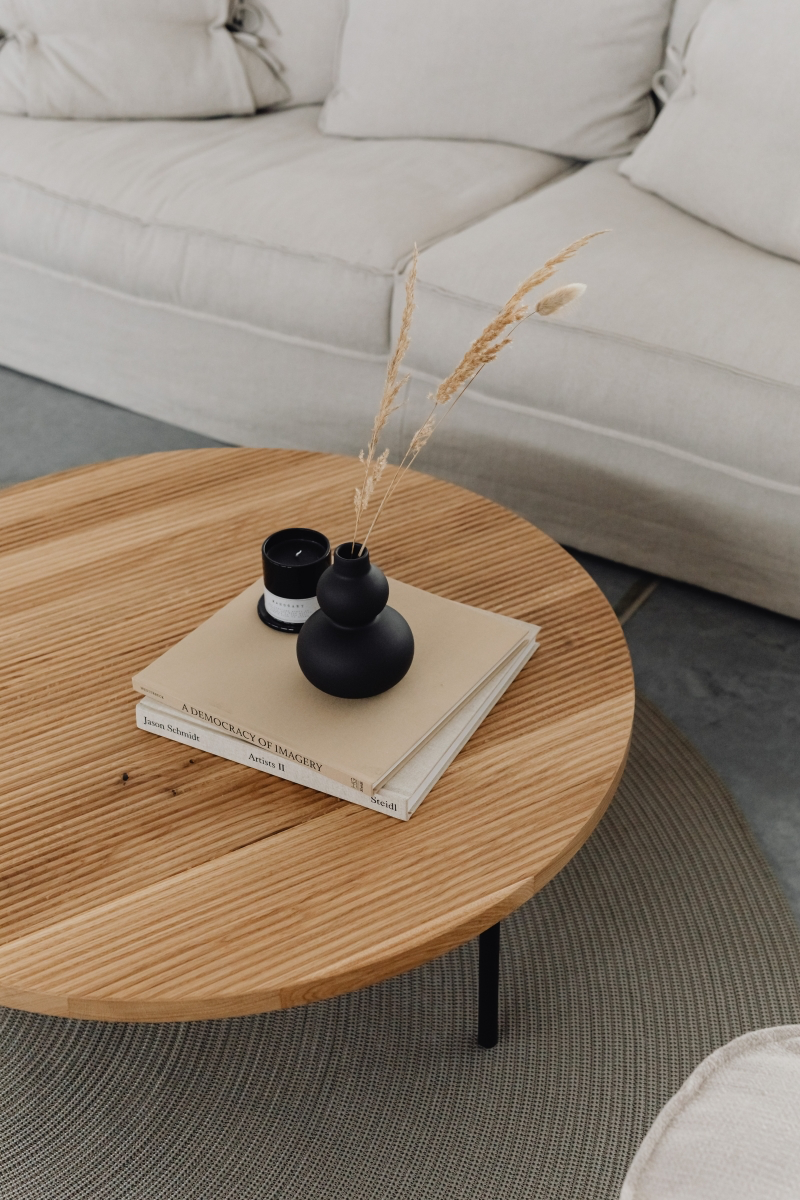
Inspiration:
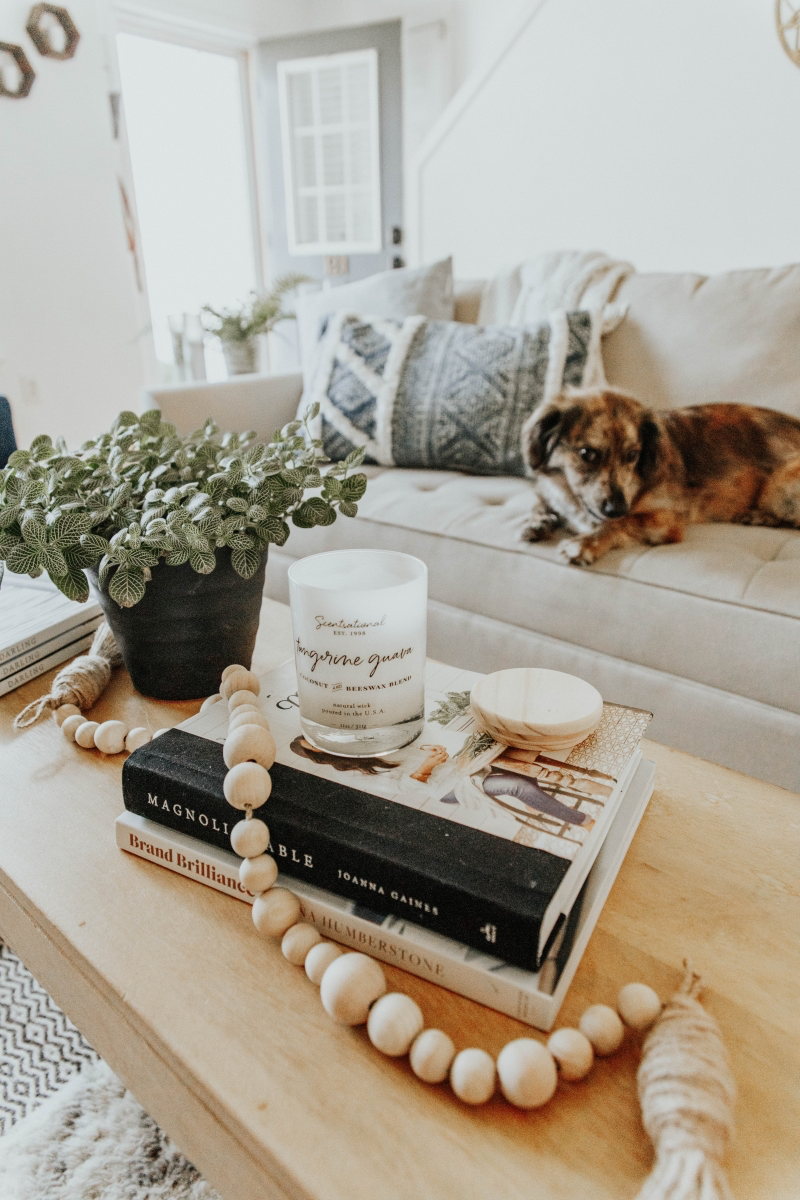
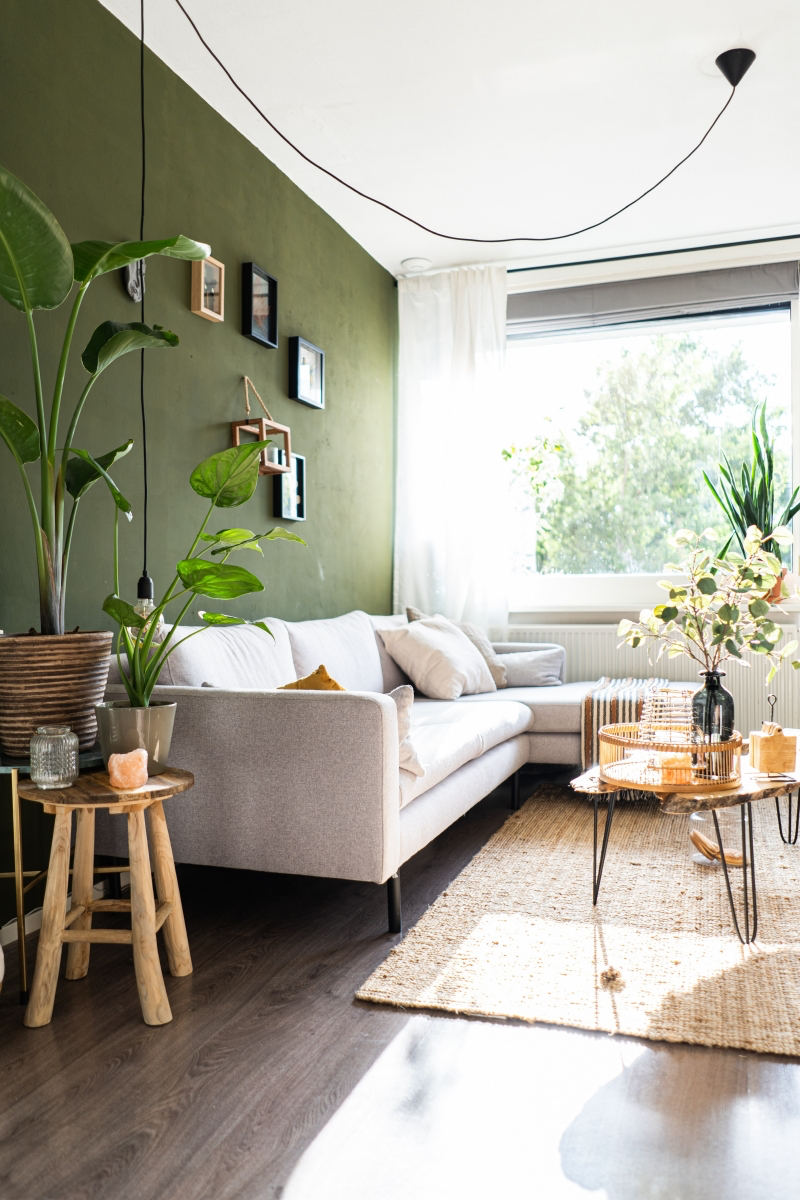
More than 70% of designers agree: mixing materials is key to a dynamic living room.
Your coffee table is the perfect place to start. Don’t just think about the top; consider the legs. A warm mango wood top on sleek, black iron legs creates an industrial-chic balance. A heavy concrete surface paired with a delicate brass frame feels both raw and refined. This contrast is what brings visual energy to a space, preventing it from feeling flat or one-note.
Do you have kids, pets, or a habit of putting your feet up?
Then a glass or high-gloss lacquer table might be a constant battle against fingerprints and scratches. Instead, consider a solid wood table with a slightly distressed or reclaimed finish—small dings will only add to its character. Another fantastic, family-friendly option is a large, upholstered ottoman. Choose a durable performance fabric (like those from Crypton or Sunbrella) and add a stylish tray on top. It’s soft, forgiving, and doubles as extra seating in a pinch.










